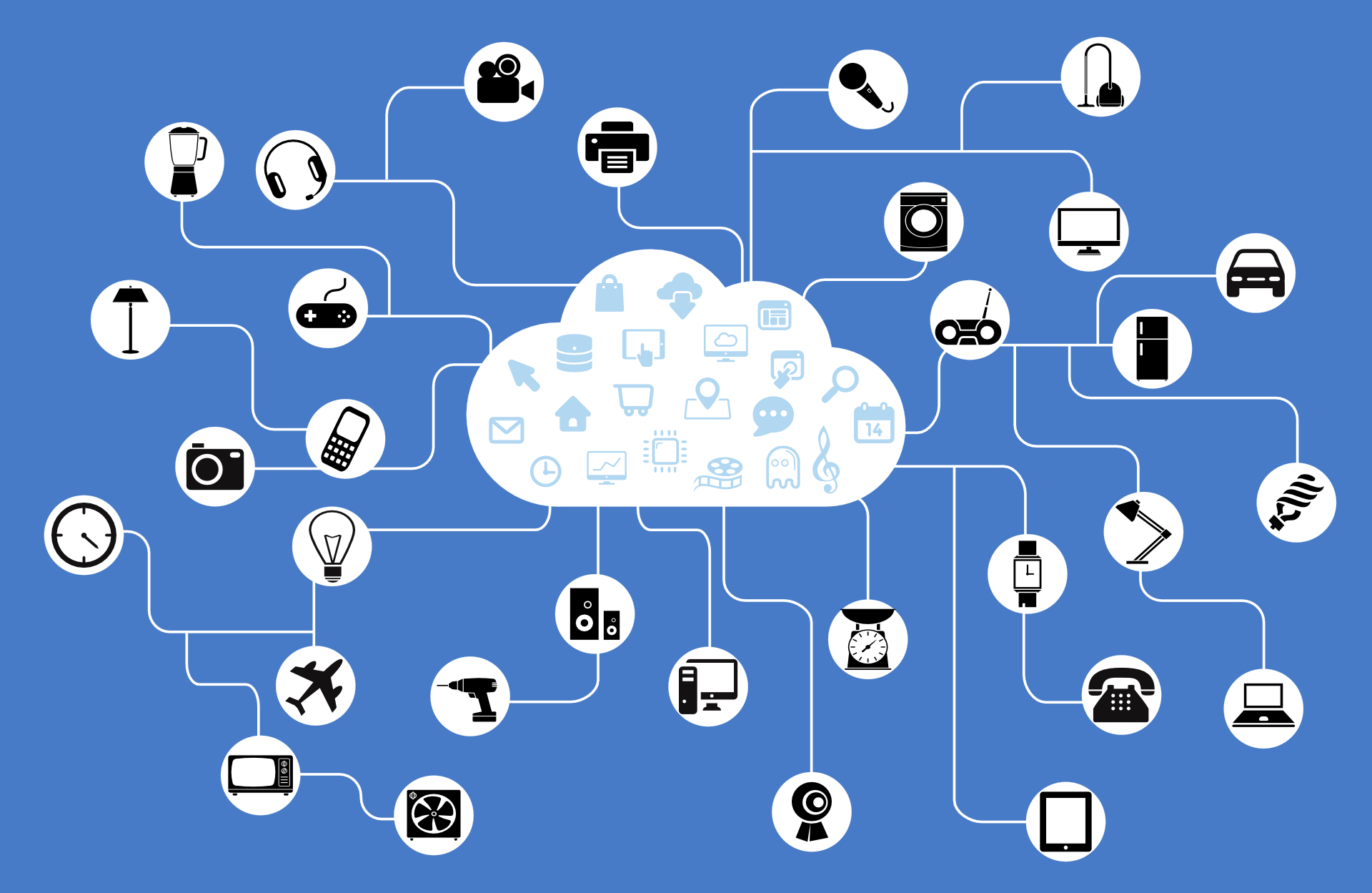Here, I’ll show you why digital resilience is critical.
Over the past decade, the world has witnessed massive digital transformation, with more connected devices, system interdependence from business ecosystems, and an even greater reliance on the internet for critical communications.
Many employees can increasingly work from anywhere via mobile and home office-based devices, and servers that were once on-premises now often exist in the cloud or are accessible.
As a result, many organizations are grappling with how to make their business more ‘digitally resilient.’ This is understanding the proper relationship between the technology we depend on and the overall industry and IT risk.
This is not just outages or security incidents but all factors that affect digital operations and digital transformation initiatives, technological or environmental.
With this said, enterprise organizations’ daily dependence on technology is not only all-encompassing but also growing more profound and even more fundamental to their overall business outlook, and there are no signs of this continuing digital transformation requirement abating.
Table of Contents
Nearly Five Billion Internet Users
Case in point: in January this year, there were 4.95 billion internet users, according to DataReportal. More people online means a higher demand for network bandwidth, agility, flexibility, and security. In addition, the Work From Home era proved that a virtual workplace is possible.
However, it has also highlighted that a work-from-home setup is not always ideal from a security perspective.
Many enterprise organizations opt for a hybrid model and adapt their workplace for health reasons, efficiency, and cost reduction benefits.
To understand the impact of all enterprise organizations’ challenges, A10 Networks commissioned research at the start of 2022, which investigated various issues around digital resilience, cloud adoption, security, and how enterprises plan to work now and in the future.
Change is Reshaping IT Needs and Anxiety in Various Verticals
Regarding digital transformation, one industry at the forefront is retail and eCommerce.
Alongside the digitization of business applications and internal processes, retail organizations have seen much of their in-store, consumer-facing business move online. Organizations prioritizing consumer-friendly, convenient online offerings are seeing exponential growth in e-commerce sales, which grew between two and five times faster than before the pandemic.
When we asked retail and eCommerce respondents how concerned they were about the organization’s digital resilience and readiness to cope with various challenges, they were most concerned about their agile development and DevOps capabilities (95%) and how they would support staff remotely (95.5%) as well as managing the move from IPv4 to IPv6 (95%).
Supporting staff remotely was also a key concern for finance sector respondents (96%) when asked the same question. This sector is witnessing ever-growing competition as traditional banks compete against digital neobanks and try to keep pace with consumer demands.
This often means they must deploy new technologies that enable frictionless digital experiences and increase customer value to remain competitive.
This has resulted in more application services, which increases the viable attack surface for hackers. No wonder this sector said optimizing security tools for competitive advantage (97%) was a top concern.
How is Digital Resiliency Impacting Networks?
Looking at the exponential growth in online services impacting network traffic, our research showed the gaming sector had the highest average growth of all verticals, reporting a 52.6% increase in traffic.
The education sector also experienced high growth, at 49.8%. However, retail respondents’ average growth was surprisingly low (41.1%).
This could be due to retailers gradually moving infrastructure online for several years. In contrast, education establishments have had to suddenly pivot to offering additional online services during the pandemic.
Security is top of mind for all the verticals surveyed. However, when asked about their most significant concern regarding cyber threats, ransomware scored highest for utilities at 14.5%.
It should be noted that digital resiliency is more than just network uptime, and lost revenue isn’t the only price to pay.
As more and more services have gone online, most industries handle large amounts of highly personally identifiable information (PII), not just traditionally cited payment details. Widespread brand damage and day-to-day disruption to all organizational operations can occur if an organization isn’t digitally resilient.
Why Is Digital Resilience Key in an Uncertain World?
In today’s increasingly interconnected and rapidly evolving world, uncertainty is the new normal.
From disruptive technologies to global pandemics, economic fluctuations, and geopolitical tensions, organizations face a constant barrage of challenges that can threaten their stability and success.
This is where digital resilience comes in, crucial in navigating these uncertainties and ensuring adaptability and progress.
Here are some key reasons why digital resilience is vital:
1. Mitigating risks and disruptions: Digital resilience helps organizations anticipate and prepare for potential threats, minimize their impact, and bounce back quickly from disruptions. By having robust cybersecurity measures, data backups, and contingency plans in place, organizations can weather unforeseen storms and continue operating effectively.
2. Embracing change and innovation: Adapting quickly to changing circumstances is vital for survival in today’s dynamic landscape. Digital resilience fosters a culture of continuous learning, experimentation, and agility, allowing organizations to capitalize on new opportunities and stay ahead of the curve.
3. Building trust and confidence: In an uncertain world, customers, partners, and employees seek trustworthy businesses to navigate challenges and deliver on promises. By demonstrating digital resilience, organizations inspire confidence and attract talent, investment, and partnerships, solidifying long-term sustainability.
4. Enhancing operational efficiency: Digital resilience optimizes digital resources and processes, leading to cost savings, improved productivity, and better resource allocation. This efficiency allows organizations to weather challenging economic times and remain competitive.
5. Fostering sustainability and responsible practices: Digital resilience encourages responsible use of technology, minimizing environmental impact and ensuring alignment with ethical and social good practices. This contributes to a more sustainable future and strengthens an organization’s reputation and stakeholder relationships.
Investing in digital resilience is not just about reacting to threats; it’s about creating a proactive and adaptable foundation for success in an uncertain world.
By building robust digital infrastructure, embracing continuous learning, and prioritizing adaptability, organizations can thrive despite unforeseen challenges.
READ ALSO: Enterprise Security Guide: Your Roadmap To A Secure Business
Looking to the Future
When asked what technologies respondents had implemented in the past 12 months, artificial intelligence (AI) and machine learning were high across all the verticals but highest in government, retail, and eCommerce. This is unsurprising as both sectors aim to automate in-person tasks with AI tools.
Digital transformation has reshaped the IT environment in multiple industries, yet vigilance around digital resiliency is more critical than ever to realize its continued success.
Moreover, digital resilience will be critical as organizations prepare for the next wave of disruption, whether societal, environmental or technological, including responding to cyber-attacks, keeping the enterprise environment secure, and accommodating remote workers.
INTERESTING POSTS
- 5 Top Cybersecurity Books You Must Read
- Why A One-Size-Fits-All Approach No Longer Works For Modern Banking Clients
- 6 of the Best Antivirus for Enterprise
- Power System Cybersecurity: More Important Than Ever
- Sustainable Finance And Positive Global Transformation
- The Retail Revolution: 10 Steps to a Seamless Ecommerce Transition
About the Author:
Daniel Segun is the Founder and CEO of SecureBlitz Cybersecurity Media, with a background in Computer Science and Digital Marketing. When not writing, he's probably busy designing graphics or developing websites.









